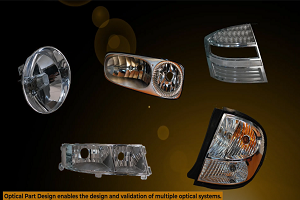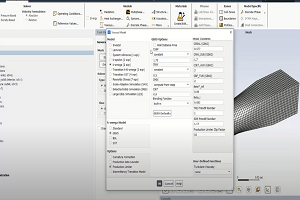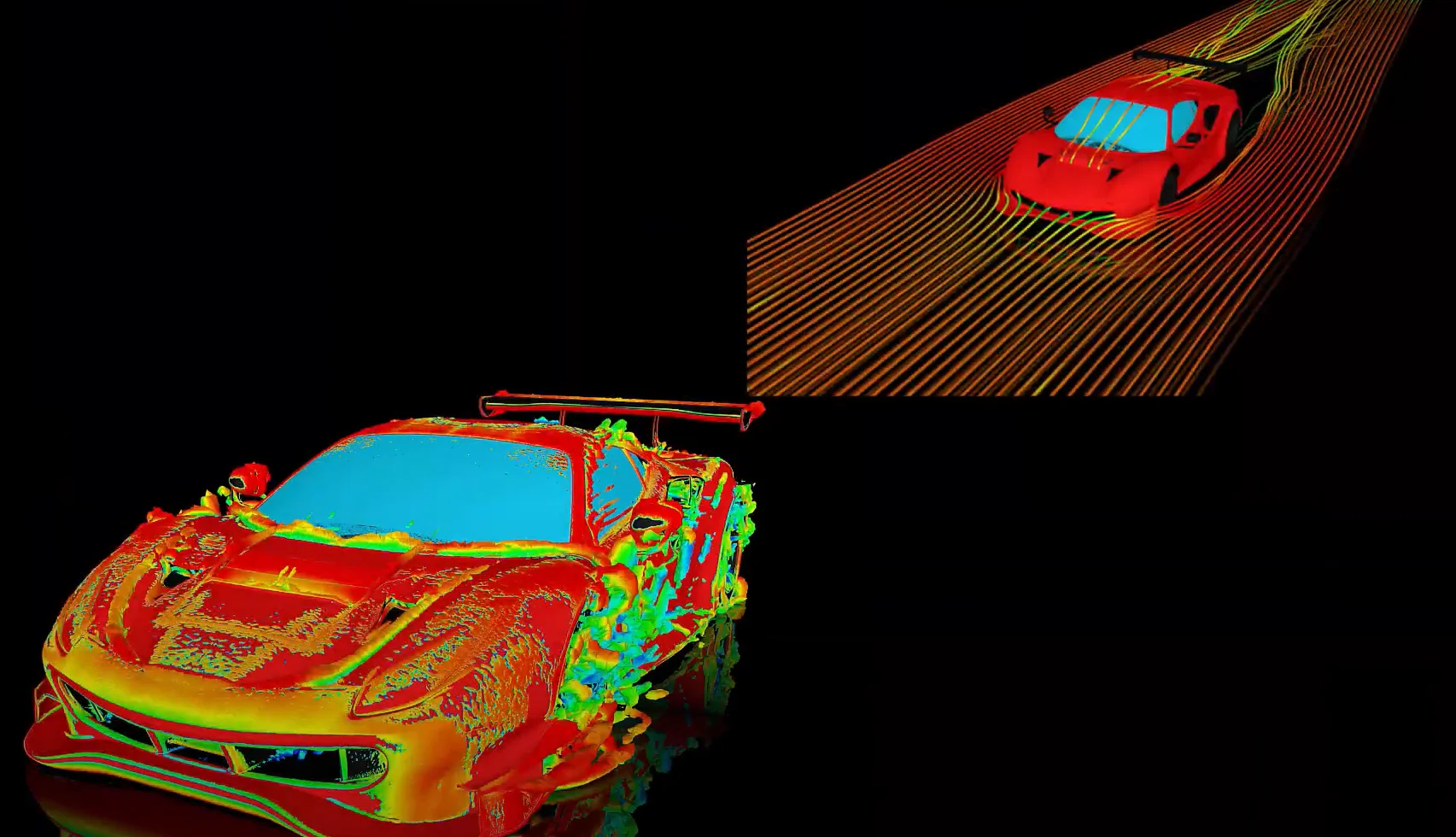-
-
June 6, 2022 at 8:45 am
 Watch & LearnParticipant
Watch & LearnParticipantThis video outlines a mechanism reduction workflow that can be used to reduce a combustion mechanism prior to a parameter study. Chemkin-Pro models gas-phase and surface chemistry of combustion systems in cars, trucks, jet engines, boilers and materials processing equipment.
-


Introducing Ansys Electronics Desktop on Ansys Cloud
The Watch & Learn video article provides an overview of cloud computing from Electronics Desktop and details the product licenses and subscriptions to ANSYS Cloud Service that are...

How to Create a Reflector for a Center High-Mounted Stop Lamp (CHMSL)
This video article demonstrates how to create a reflector for a center high-mounted stop lamp. Optical Part design in Ansys SPEOS enables the design and validation of multiple...

Introducing the GEKO Turbulence Model in Ansys Fluent
The GEKO (GEneralized K-Omega) turbulence model offers a flexible, robust, general-purpose approach to RANS turbulence modeling. Introducing 2 videos: Part 1 provides background information on the model and a...

Postprocessing on Ansys EnSight
This video demonstrates exporting data from Fluent in EnSight Case Gold format, and it reviews the basic postprocessing capabilities of EnSight.

- I am running an electrochemistry simulation in Fluent. How can I access the electrochemistry reaction rates with UDF?
- How do I model humidity in Fluent?
- ANSYS Internal Combustion Engine (ICE): Port Flow Part 1 – Getting Started
- LES Simulation of Turbulent Flames Using ANSYS Fluent
- How can volume fraction be plotted in a species transport simulation?
- Error “…Cannot find thermo database file …Reverting to default…” while reading PDF Table. How to link a specific thermodynamic database file to a case?
- ANSYS Chemkin-Pro: Reducing a Combustion Mechanism
- What is a DASAC failure and how can I correct it?
- ANSYS Fluent: Describing Non-premixed Combustion using the Steady Flamelet Model
- Explanations on the warning Maximum / Minimum PDF table enthalpy exceeded in xxx cells (Non-Premixed or Partially-Premixed models)

© 2024 Copyright ANSYS, Inc. All rights reserved.

